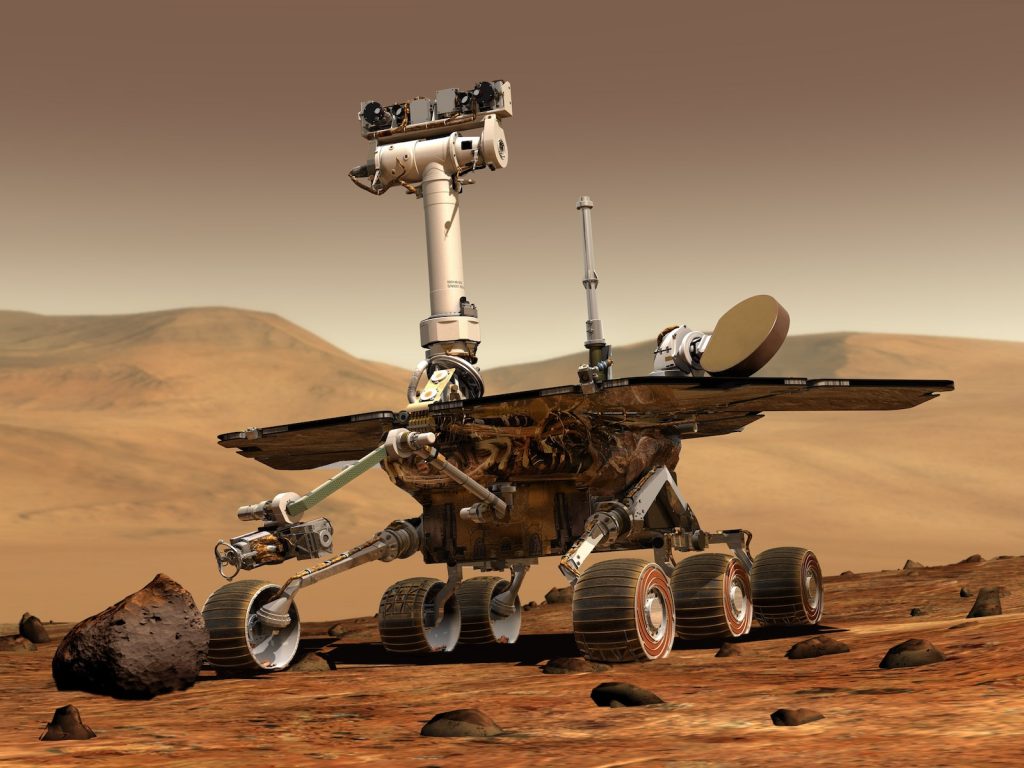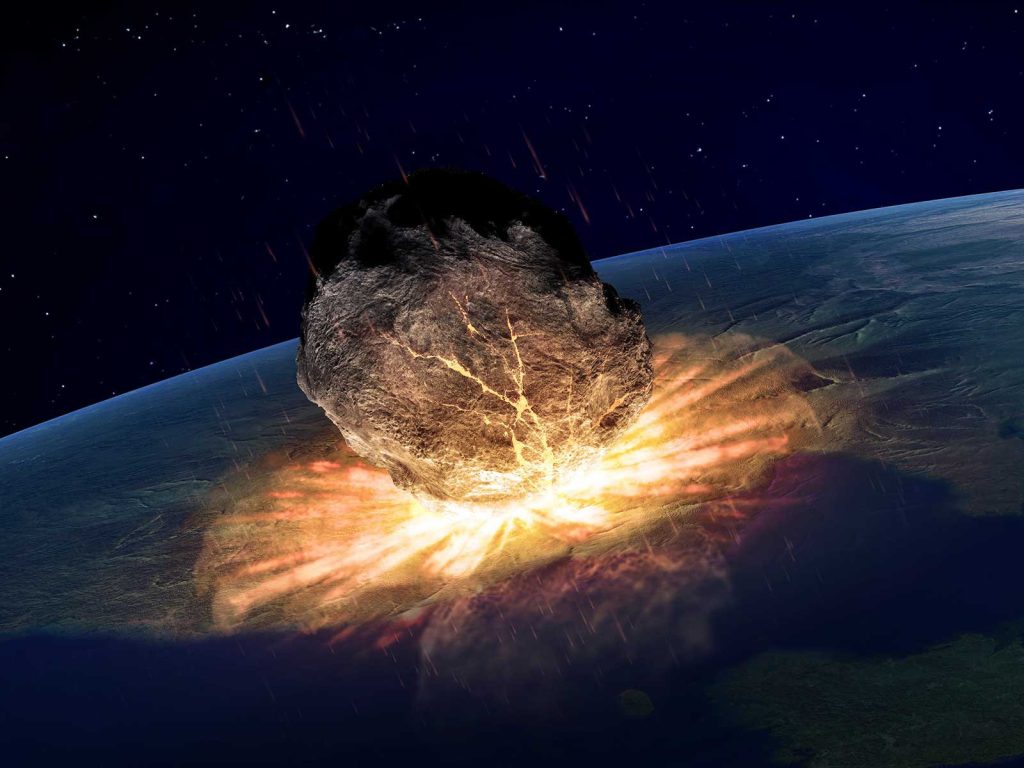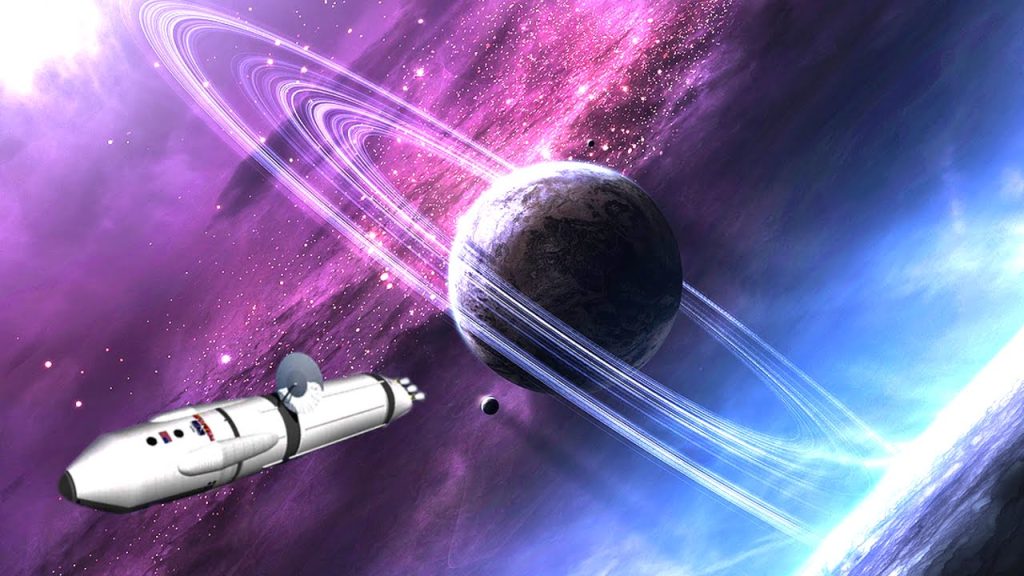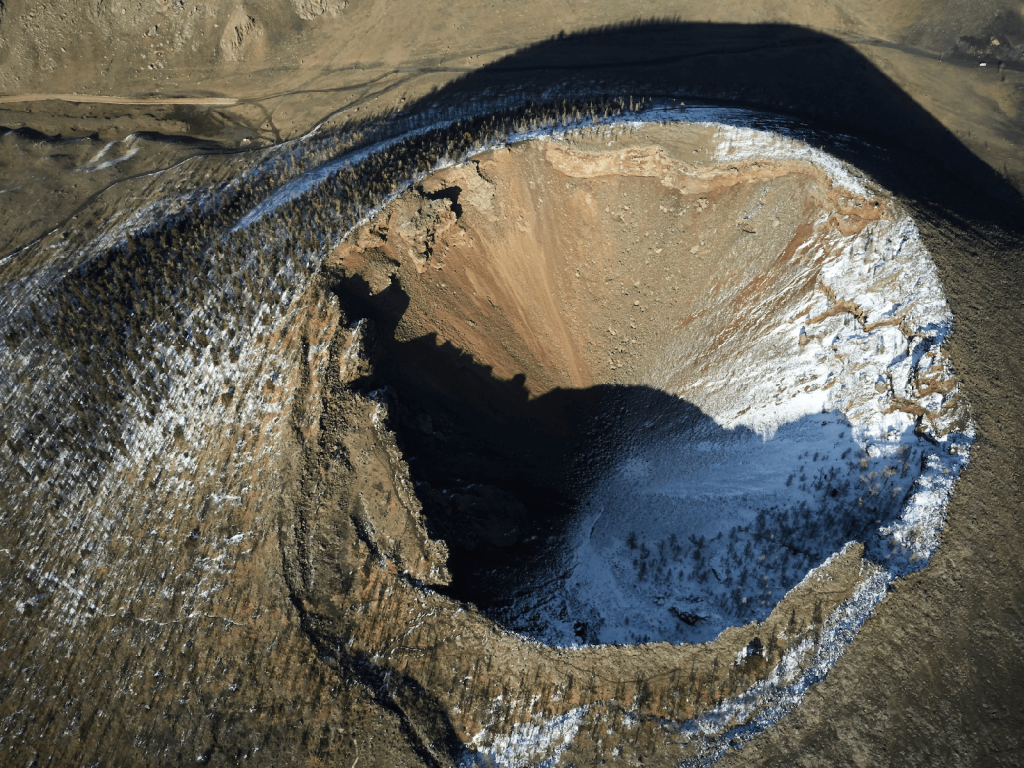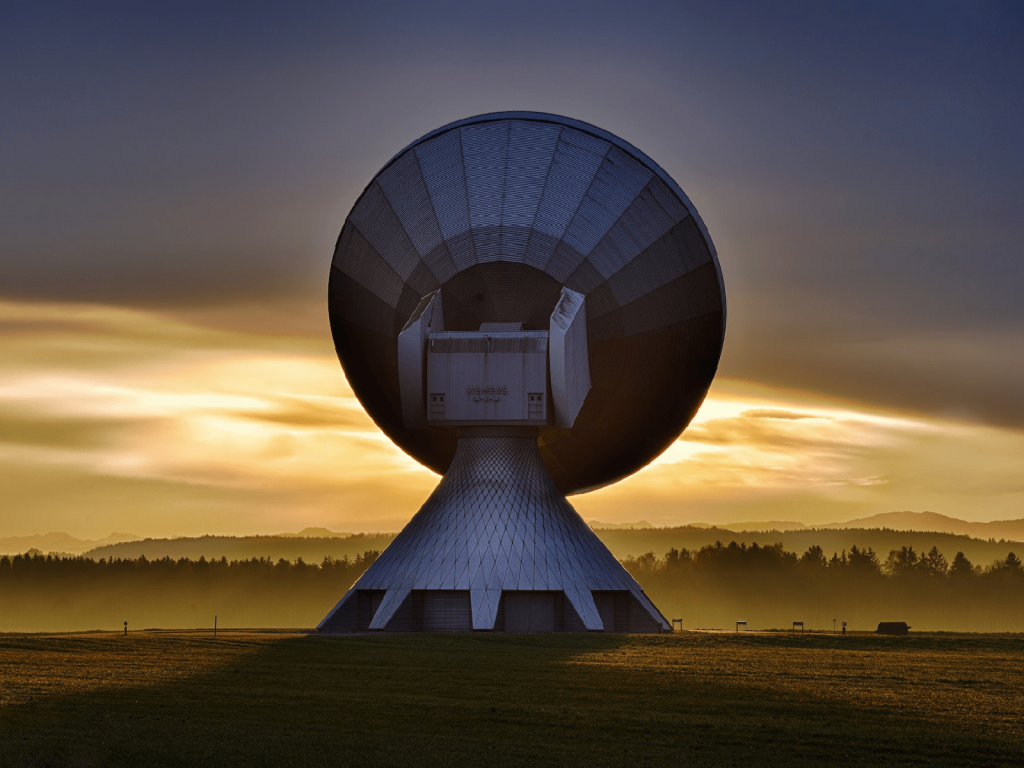Does Searching For Aliens A Way Of The Systematic Extermination Of Humans
The search for extraterrestrial life has captivated humans for centuries, but some have raised concerns that the search for aliens may actually be a way of the systematic extermination of humans. While this idea may seem far-fetched, it is worth exploring the potential risks and benefits of searching for alien life.
A Pathway To Human Destruction
One of the primary concerns is that the search for extraterrestrial life may inadvertently lead to the destruction of the human race. This idea is based on the supposition that any advanced civilization capable of interstellar travel would likely have superior technology and weaponry and could potentially pose a threat to humanity if they were to discover our existence.
This is known as the “aliens as conquerors” hypothesis and is often cited as a reason to avoid actively searching for alien life.
Unforeseeable Outcomes
Another concern is that the search for alien life may lead to unintended consequences, such as the introduction of harmful pathogens to Earth. Probes and spacecraft sent to explore other planets could potentially bring back dangerous microorganisms that could cause widespread illness or even extinction.
A Chance of Hope
However, proponents of the search for extraterrestrial life argue that the potential benefits outweigh the risks. Discovering alien life could provide valuable insights into the origins of life and the expansion of the universe. It could also have important implications for astrobiology and could even lead to the development of new technologies.
A Better Result
Moreover, the search for extraterrestrial life is often conducted in a way that minimizes the risks. For example, NASA’s Planetary Protection Office is responsible for ensuring that spacecraft sent to other planets are free of biological contaminants and that they do not inadvertently contaminate other planets with Earth-based organisms.
Closer Than Ever
Additionally, the search for alien life is not limited to actively seeking out extraterrestrial civilizations. Many scientists are focused on searching for signs of life in our own solar system, such as on Mars or Europa, the icy moon of Jupiter.
This type of exploration poses fewer risks to humanity, as any potential life forms would be unlikely to pose a threat to Earth.
Takeaway
While some have raised concerns that the search for extraterrestrial life could be a way of the systematic extermination of humans, the potential benefits of such a discovery make it a worthwhile pursuit.
While the risks should not be ignored, the search for alien life is often conducted in a way that minimizes the potential harm to humanity.
As we continue to explore the universe and search for signs of life beyond Earth, it is important to approach the search with caution and prioritize the safety of our planet and its inhabitants.
If you want to know more about aliens and what consequences we can expect if we try to invoke them, read The Fourth Signal by Mark Daniel Proulx.


